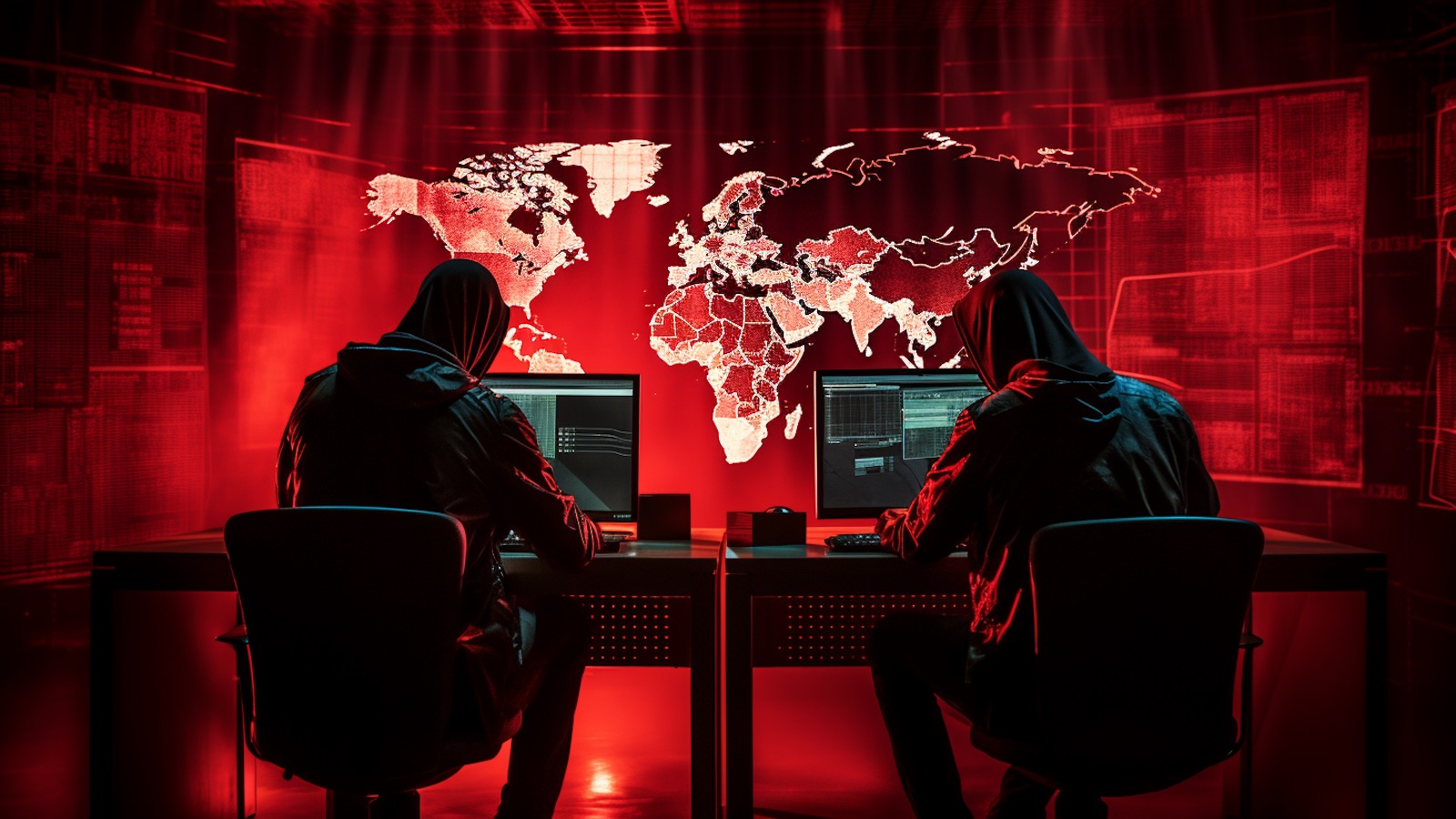
June 27, 2024 at 12:24AM
Cyberespionage group ChamelGang uses CatB ransomware to target high-profile organizations globally, posing challenges for attribution. Their sophisticated attacks focus on government and critical infrastructure entities, employing ransom notes and bitcoin payments. Additionally, they leverage BestCrypt and BitLocker in separate activities, impacting organizations mainly in North America, South America, and Europe. These tactics blur the lines between APT and cybercriminal activity, posing challenges for attribution.
Based on the meeting notes, we can conclude that cyberespionage groups, including ChamelGang, have been utilizing ransomware as a tactic for various purposes. ChamelGang, also known as CamoFei, has been identified as a suspected Chinese advanced persistent threat (APT) that has deployed the CatB ransomware in attacks targeting government organizations, critical infrastructure entities, and high-profile organizations worldwide. They have used sophisticated techniques for initial access, reconnaissance, lateral movement, and data exfiltration. The group has been involved in attacks on the Presidency of Brazil, All India Institute Of Medical Sciences (AIIMS), a government entity in East Asia, and an aviation organization in the Indian subcontinent. Additionally, there has been a separate cluster of activities involving the use of BestCrypt and Microsoft BitLocker to achieve similar goals, with intrusions impacting organizations in North America, South America, and Europe.
It is interesting to note that these ransomware incidents are attributed to cyberespionage threat actors like ChamelGang, which signifies a change in tactics to cover tracks while still achieving their objectives. The involvement of ransomware in cyberespionage attacks is said to provide strategic and operational benefits that blur the lines between APT and cybercriminal activity, potentially leading to incorrect attribution or concealing the data collection nature of the operation.
These clear takeaways illustrate the evolving landscape of cyber threats and the need for robust cybersecurity measures to mitigate these increasingly sophisticated attacks.